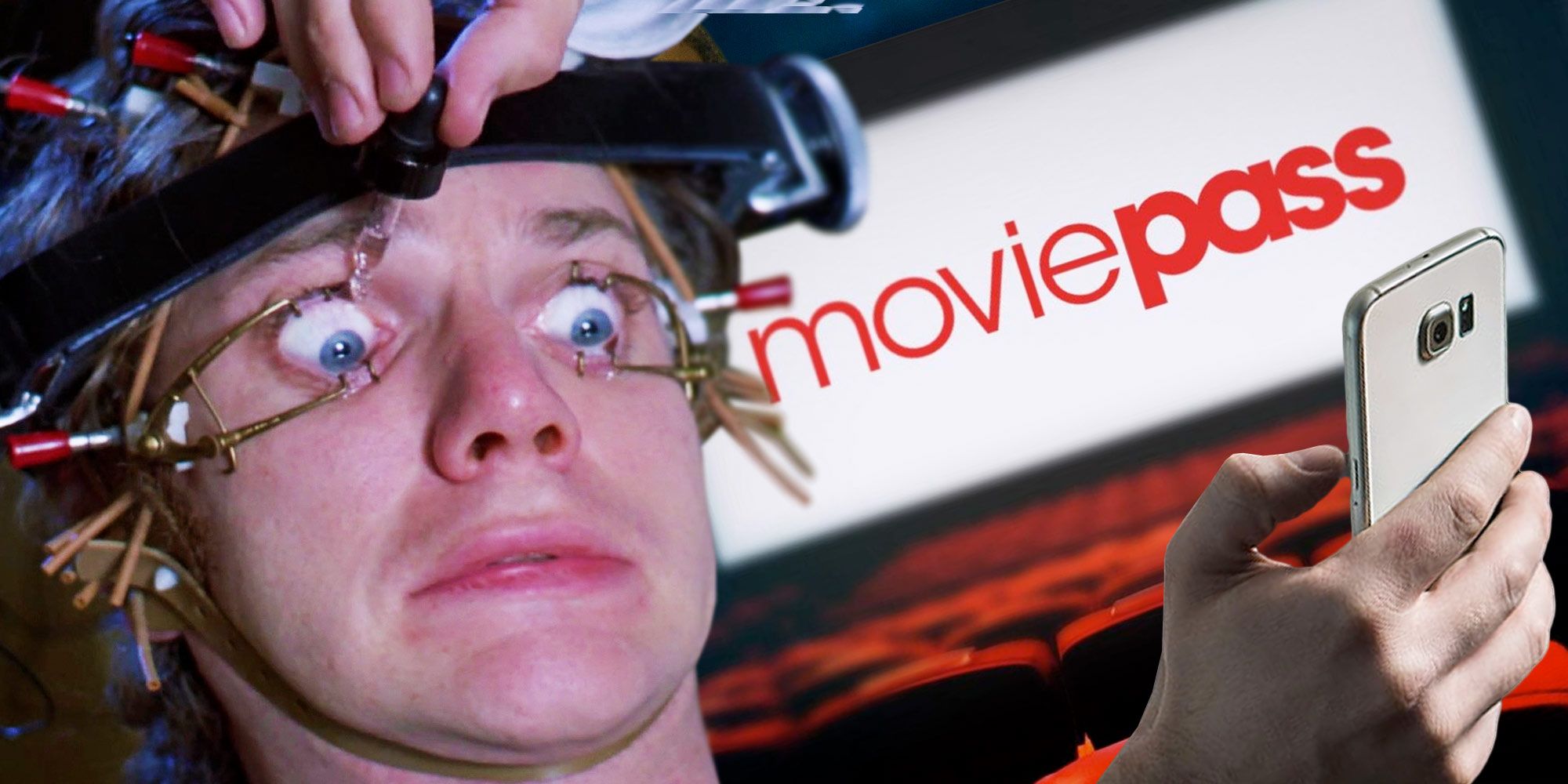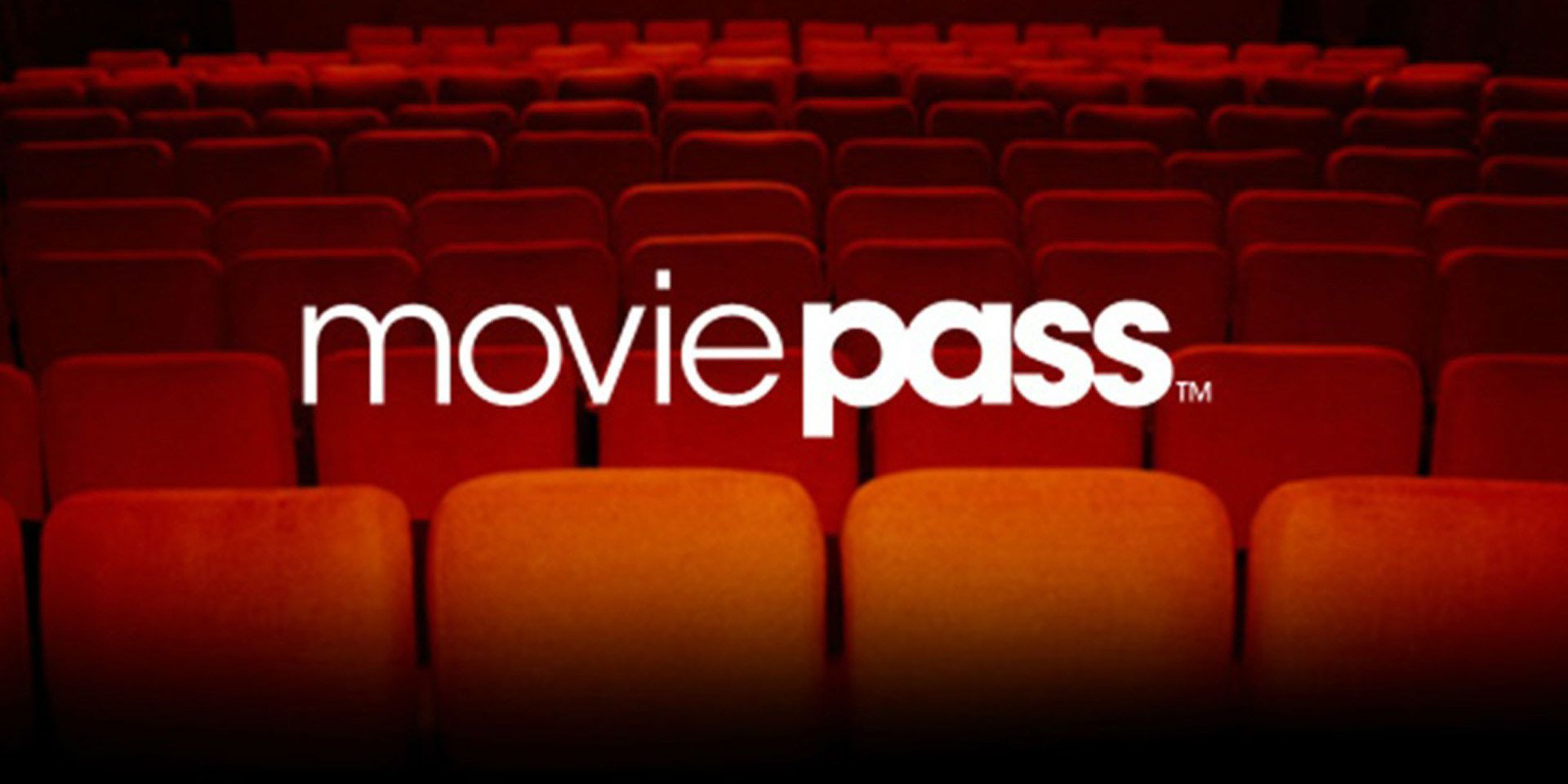The controversial movie ticket purchasing app MoviePass gives relaunch details, including a new feature that has users watch ads for credits. MoviePass began in 2011, evolving from a print-at-home service to a mobile app and credit card. The service suffered one snag after another, with theater chains pushing back heavily on the service (many have since created their own apps) and a continual shift in price and plan models, as well as constant issues with the app itself. In 2017, MoviePass was acquired by the analytics firm Helios and Matheson, who subsequently began the MoviePass unlimited plan that offered one film per day for $9.95 a month, causing subscriber counts to go up until they reached a peak of 3 million.
In 2018, MoviePass began to constantly shuffle the terms of the service, altering from unlimited to limited, then back again, with changing pricing plans and subsequent blackouts for major releases. The inconsistency and lack of options quickly caused subscribers to cancel their service (another source of disdain for the company), leading to MoviePass shutting down permanently in September 2019. Since then, alternate movie-ticket purchasing apps like Fandango, movies.com, as well as theater-specific apps for Regal, AMC, and Alamo Drafthouse have dominated the market for theatrical ticket sales.
Today, MoviePass announced (via Cnet) its intent to return to market this summer with a new app that would include tiered plans that would operate off web3 technology, using digital credits (which will rollover month-to-month) as part of their payment system. The new plan is to give partnered theaters the ability to set prices for peak and off-peak times, as well as being able to see what other theaters MoviePass customers are attending. The MoviePass credit card will also be returning, for use at non-partnered theaters, where showtimes would be selected on the app and then paid for with the card at the theater. No pricing was announced for MoviePass 2.o, but it will operate off of a tiered system, with users having the option to hold partial ownership of the company at the premium level.
Another addition to the service is PreShow, an ad-based platfrom that has users watch ads to earn credits. This platform uses facial detection technology from a user's front-facing camera on their mobile phone in order to make sure they are watching the opted-in ad and not just turning it on and looking away. The video will automatically pause when it detects the user has stopped watching, requiring direct attention in order to earn the credit. All of this is part of MoviePass's plan to corner 30 percent of the theatrical moviegoing market by 2030.
At this point, it's hard to imagine MoviePass being a viable platform for moviegoers, not only for its checkered past, but with the ever-shifting post-pandemic numbers. While big-ticket movies like Spider-Man: No Way Home are performing at pre-pandemic numbers, everything else is suffering at the box office. With streaming services at their peak and offering more and more at-home, original content, the pull to go back to theaters to see a movie rests with spectacle films, and if MoviePass were to go back to its ways of pricing for peak times or blackouts on titles, the incentive to use the service diminishes entirely. Most theatrical regulars have adapted to using the theater-based apps at this point, which offer their own perks and rewards and without the ever-changing experimental back-and-forth that has typically been the basis for MoviePass.
Source: Cnet


